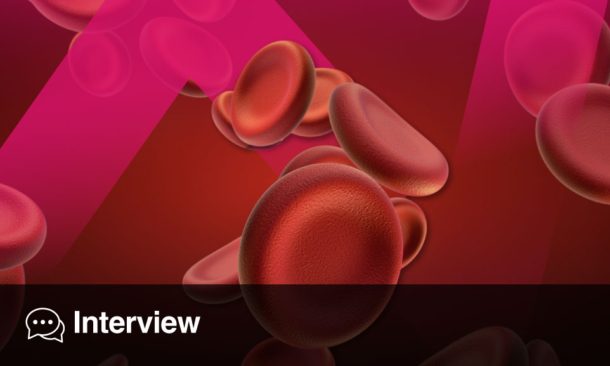A new study has highlighted the optimal treatment strategies for managing non-Hodgkin lymphoma in patients with Sjögren’s disease, an autoimmune condition that carries a high risk of lymphoma development. The multicentre, retrospective study examined 106 patients diagnosed with both Sjögren’s and lymphoma, primarily focusing on treatment approaches and their effects on disease progression and survival.
The most common lymphoma subtype found in these patients was mucosa-associated lymphoid tissue (MALT) lymphoma, affecting 64% of the participants. Of the 82 patients with marginal zone lymphoma, 61% received systemic treatment as the first-line therapy, 16% had localized treatments like surgery or radiotherapy, and 23% followed a watch-and-wait strategy.
The study found that patients who received systemic treatment at lymphoma diagnosis had a reduced risk of new systemic activity from Sjögren’s disease. Furthermore, those treated with a combination of chemotherapy and anti-CD20 therapy had improved lymphoma progression-free survival compared to those receiving monotherapy. However, there were no significant differences in overall survival between the two treatment groups.
Researchers concluded that systemic treatment strategies for Sjögren’s-associated lymphoma lower the risk of triggering further Sjögren’s complications and that combination therapy helps decrease the likelihood of lymphoma relapse. These findings provide important guidance for physicians managing this complex condition, promoting more tailored and effective treatment plans.
Helena Bradbury, EMJ
Reference
Rocca J et al. Treatment modalities of marginal zone lymphoma and overall survival, haematological response, and underlying Sjögren’s disease activity: a multicentre, retrospective, observational study. The Lancet Rheumatology. 2024;6(10):e703-12.







